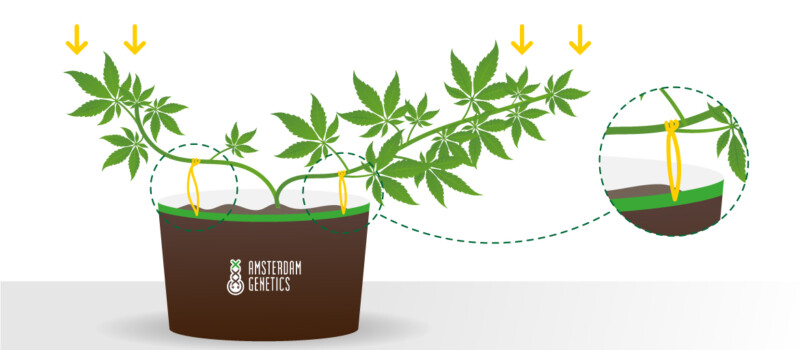Low Stress Training (LST) is a means of directing the growth of your cannabis plants. It increases your control over their height and shape. Although Low Stress Training is by no means necessary for growing, it can improve yields by making more effective use of available light and space. This is a gentle type of training, aiming to keep stress for your plants down to a minimum. LST is a pretty simple technique that anyone can try – less stress for growers and plants alike; how great is that? If you feel like Low Stress Training a go, read on to find out what LST entails and how to apply it properly.
Big shoutout to Totogrow UK for his masterful tips and images!
Table of Contents
Low Stress Training: Directing Cannabis Growth
All plants are hardwired to grow towards the light, because that is their prime source of energy. If you leave your cannabis plants at liberty to grow as they like, they will try to grow tall and develop most of their leaves on the lower branches, with a single tall cola or flower bud at the top. That means nearly all nutrients are directed to the main cola, too. Any remaining buds on the side branches will remain small and less well-developed. This phenomenon is called apical dominance. It doesn’t mean that a marijuana plant is in poor shape; this is the normal, natural growth pattern of the species.
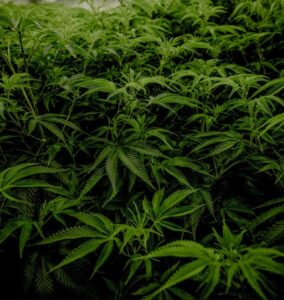
Still, any grower willing to make a few light interventions to this natural state of affairs using low stress training techniques can increase the yields of their cannabis plants. LST encourages plants to develop multiple well-developed buds rather than a single big one. Low stress training guides the growth of the plant, allowing for uniform canopies and improved air circulation for the plant as a whole. This leads to more even distribution of growth hormones and nutrients, promoting simultaneous development of several big, healthy buds.
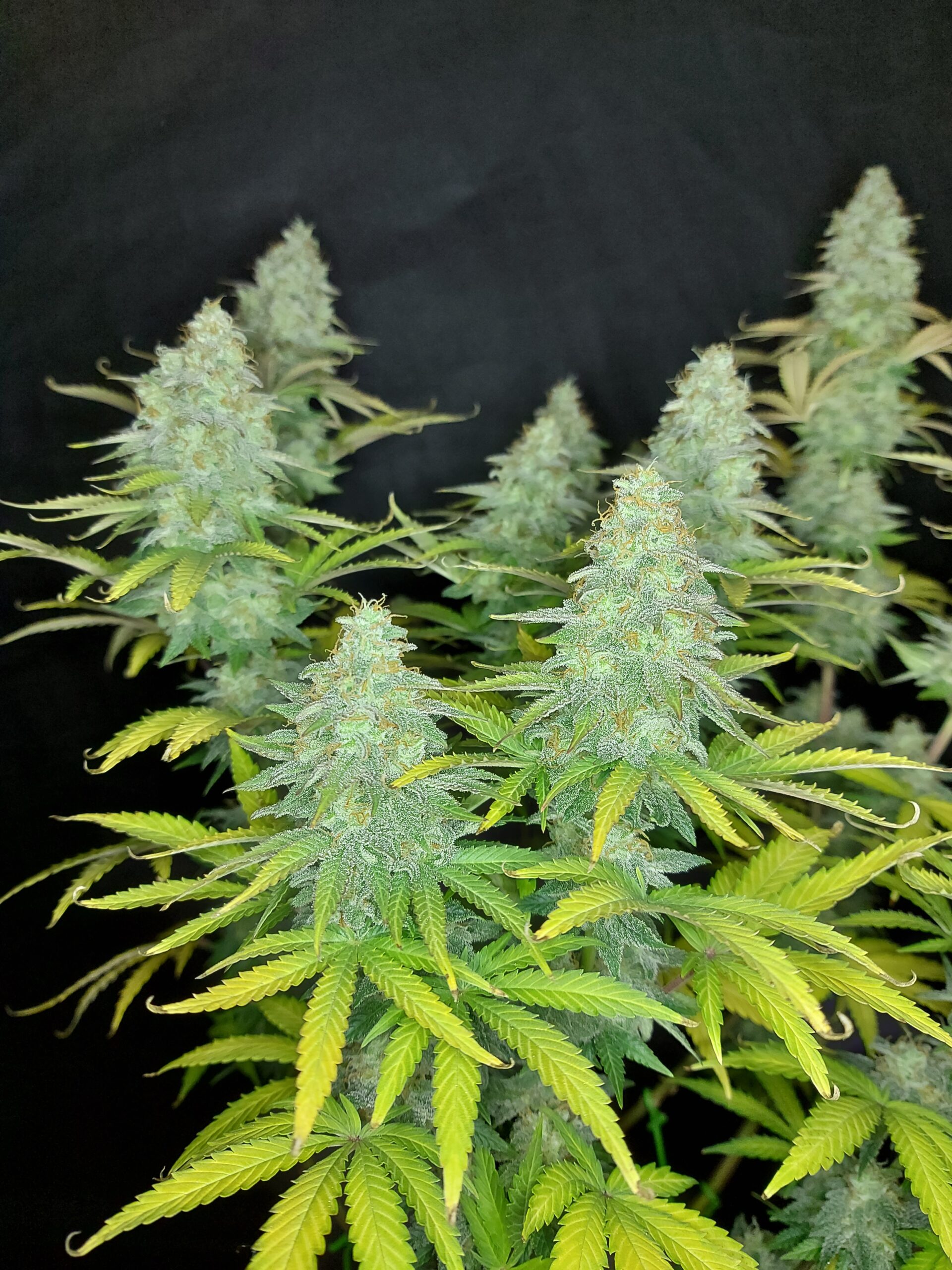
How To Plan Low Stress Training
Anyone interested in applying LST should start out in the growth stage of the plant’s life cycle. That’s when the stems of a cannabis plant are most pliable. Do wait until you see at least three nodes on each plan, with the first side branches growing from these nodes. Low stress training can also be applied later on in the early weeks of the flowering stage, further promoting light exposure of all leaves. Don’t use this technique on fully grown plants, though. Mature stems are too rigid, which increases the risk of damaging them in the process.
In essence, low stress training involves bending stems and branches of cannabis plants in strategic places, without applying too much force. The idea is that LST should not cause stress to the plant. That way, it can adapt easily and continue growing without issues. All you need for low stress training is soft plant binds or soft coated garden wire, a hand drill, and a pair of scissors. Start the training when the main stem and branches are long enough to allow downward bending.
LST is suited for just about any cannabis strain, including autoflowers and feminized seeds.
Low Stress Training, Step 1: Anchoring
When your weed plants are tall enough, drill a series of holes into the edge of your flower pot using a hand drill. These will serve as the anchor points to secure any wires you may use. You’ll only need these holes if you choose to use wires; premade plant benders can be found in any gardening centre and make wire unnecessary, except perhaps for bending your plant’s main stem.
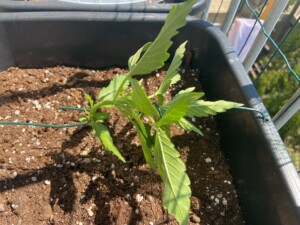
Low Stress Training, Step 2: Bending The Main Stem
Take the main stem and carefully bend it downwards, until it runs almost parallel to the floor. Make sure not to apply too much force, or you’ll risk snapping the stem and seriously damaging the plant. Don’t fix wires too tightly either, as this will cut off the nutrient distribution and block circulation.
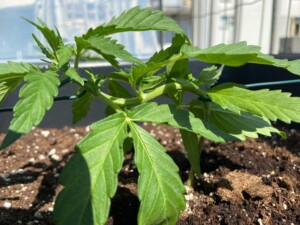
Low Stress Training, Step 3: Shaping The Plant
Plants van be shaped in several ways. Some growers prefer shaping their stems like a rolled-up snake, circling their way around the flower pot. Another method involves securing side branches after bending them away from the main stem, giving the plant more of a spider-like shape. Regardless of design, the essence of LST is bending branches downwards. Since the plant will try to grow back up, you’ll create a broad, fan-like structure. That allows the light and fresh air to reach all parts of the cannabis plant in equal measure.
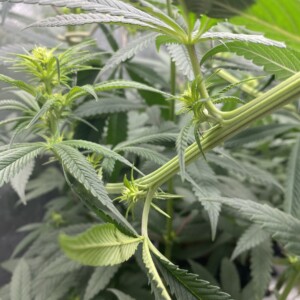
Low Stress Training, Step 4: Maintenance And Check-Ups
LST is an ongoing affair that lasts all throughout the plant’s growth. Of course, plants will keep on producing new branches and leaves as they grow, so you’ll need to keep checking up on the progress. Keep securing new shoots, and direct their growth as they get larger. You may also want to trim away excess foliage to ensure optimal lighting throughout the plant’s structure. Remember that the goal is to keep the canopy as evenly spread as possible. The result will be well-developed plants with loads of big, bulging buds.
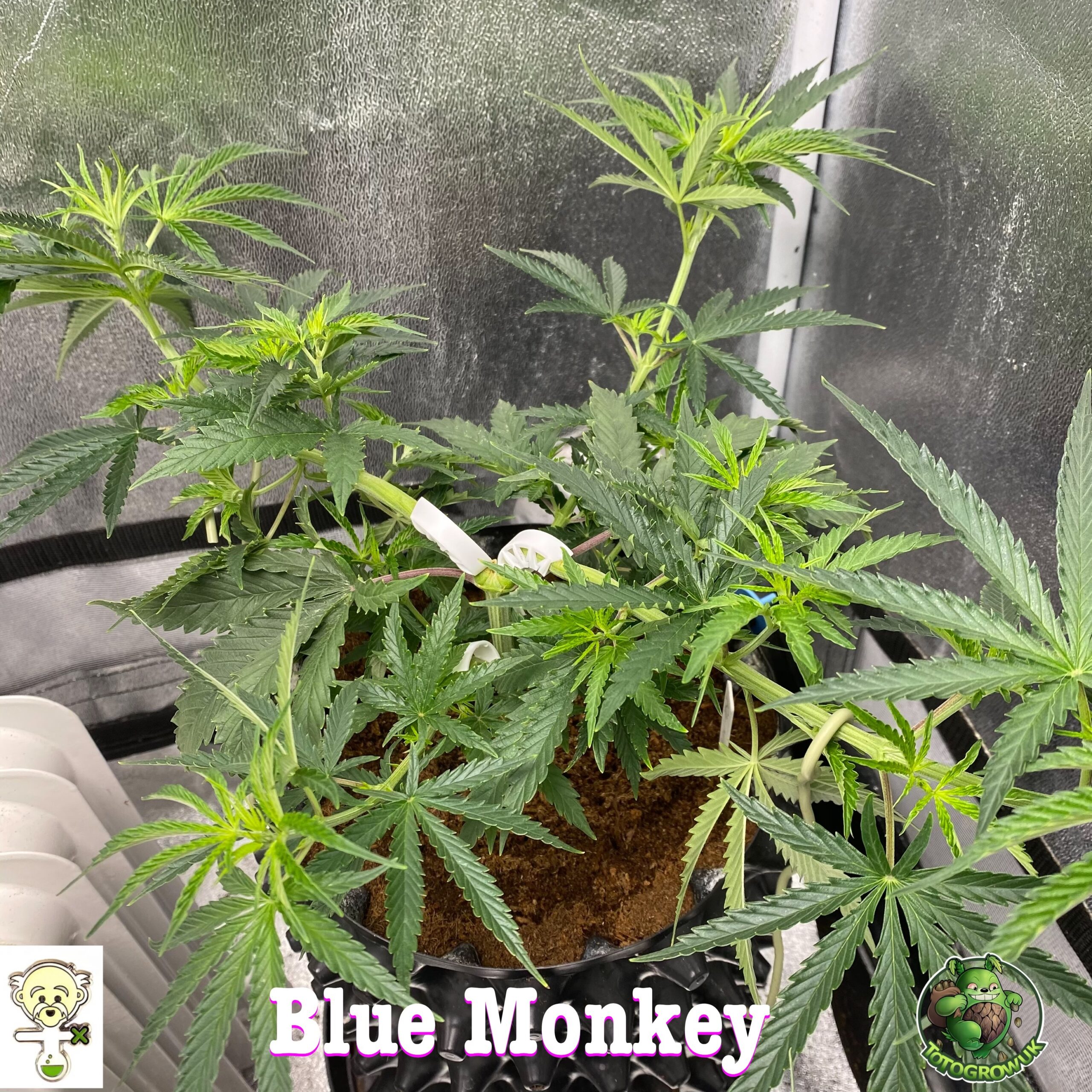
The above method for directing growth with LST can be quite laborious. You can try another approach by using low stress Screen of Green or Sea of Green techniques, which can achieve similar goals using different means.
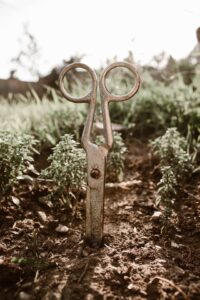
Combining Techniques: Low Stress Training After Topping
Another way to apply the principle of low stress training is by topping, or even fimming, the plant before using LST. Although topping and fimming are not particularly stressless techniques, they can serve as a great point of departure for your low stress training regime. Topping involves cutting the upper growth tip from your weed plant. That will trigger the plant to grow two new tips instead. Fimming is a cruder type of topping, which involves cutting right through the middle of growth tips to try and make the sprout up to four new tips rather than just two. The new sprouts that result are perfect for bending. That means your cannabis plant can now add extra lateral growth from the point where it was topped or fimmed.
In the video below, expert grower Totogrow sows just how to go about low stress training after topping. Note the handy benders he uses instead of wire. They are available from any garden centre, so if you want even less stress during low stress training, these gadgets are your best friends.
In this video, Totogrow UK shows just how to go about getting weed plants their low stress training after successful topping.
https://www.youtube.com/watch?v=GI32XgAYsDs&list=PLW3-e9lhIQaKa6a3q6cv161Ys0qlFZjEX
The Difference Between Low And High Stress Training
High stress training is another set of techniques meant to direct plant growth. This involves other techniques, such as the aforementioned fimming technique and supercropping. As the name suggests, however, these high stress techniques cause more stress for your plants. Inexperienced growers run considerable risks of hurting their plants in the process. Then again, using HST will generally produce even better harvests than LST can achieve.
Ultimately, though, any grower is free to decide for themselves which techniques work best. Our other Grow Blogs contain loads more useful tips and techniques to explore. Whatever you decide to do, however, always keep in mind that all forms of training and growing depend on ordering great cannabis seeds. Thankfully, you’ve found your way to the AG seeds catalogue already, so we’re pretty sure that won’t cause you any unnecessary stress!
Happy Training!








